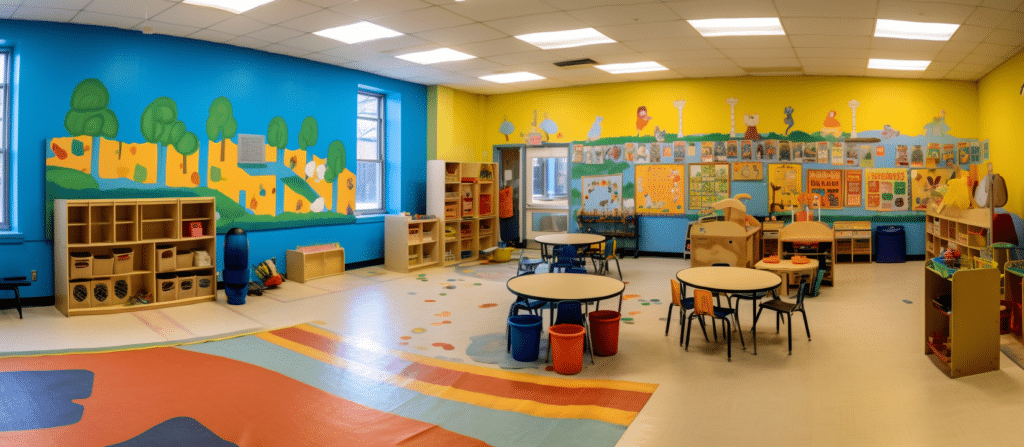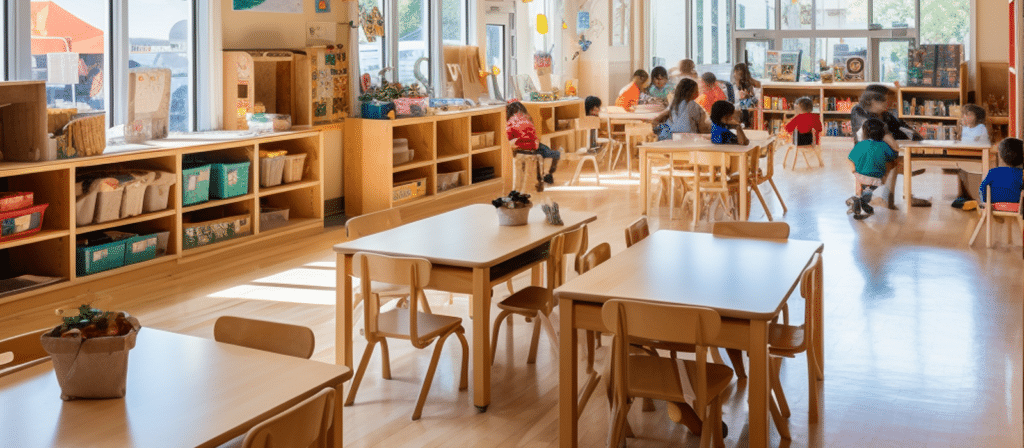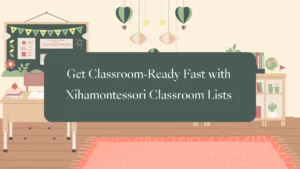Have you ever considered how the right daycare furniture can contribute to a child’s development of essential practical life skills? In this article, we’ll explore the significance of choosing the right furniture for a daycare setting and how it can create an environment that nurtures independence, responsibility, and self-sufficiency in young children.
Daycare Furniture for Practical Life Skills Development is all about creating an environment that supports children’s efforts to develop skills they will use throughout their lives. Furniture plays a crucial role in this by providing opportunities for children to engage in real-life activities, foster independence, and build confidence.
Why is daycare furniture important for practical life skills development?
Daycare furniture serves as a tool for children to engage in various activities that promote practical life skills development. From a young age, children are eager to explore their surroundings and learn through hands-on experiences. By providing appropriate furniture, we can create an environment that encourages independence, problem-solving, and social interaction.

How does furniture support practical life skills development?
Furniture such as child-sized tables and chairs allows children to comfortably engage in activities such as eating, drawing, and playing. These activities help develop fine motor skills, hand-eye coordination, and concentration. By having furniture at the right height and size, children can gain a sense of independence as they learn to do things on their own.
What are some examples of furniture that promote practical life skills?
One key aspect of practical life skills development is the ability to care for oneself and the environment. Furniture such as sinks, toilets, and changing tables that are designed specifically for children enable them to practice self-care tasks such as washing hands, using the toilet, and changing clothes. These activities foster independence and teach children important hygiene habits.
In addition, storage units and shelves help children learn how to organize their belongings and maintain a tidy environment. Having designated spaces for toys, books, and art supplies teaches children the importance of responsibility and order.

How can furniture encourage social interaction and collaboration?
Collaborative learning is an essential component of practical life skills development. Furniture such as group tables and seating arrangements fosters communication, cooperation, and teamwork among children. When children gather around a table to engage in group activities or share a meal, they learn to take turns, listen to others, and work together towards a common goal.
Furthermore, furniture that supports open-ended play, such as modular seating or building blocks, encourages children to engage in imaginative play and problem-solving. These activities enhance their creativity, critical thinking, and social skills as they interact with their peers.
What role does the design and aesthetics of furniture play in practical life skills development?
The design and aesthetics of furniture can greatly impact children’s engagement and motivation. Bright and colorful furniture attracts children’s attention and creates a stimulating environment that encourages exploration and learning.
Moreover, ergonomic design is crucial for ensuring children’s comfort and safety. Furniture that is ergonomically designed considering the height, weight, and proportions of young children promotes proper posture, reduces the risk of accidents, and enhances overall well-being.

Conclusion
In conclusion, daycare furniture plays a vital role in the development of practical life skills in young children. By providing child-sized furniture, we create an environment that fosters independence, problem-solving, and social interaction. Through activities facilitated by daycare furniture, children learn to care for themselves and their environment, develop fine motor skills, and collaborate with their peers. The design and aesthetics of the furniture further enhance children’s engagement and motivation.













